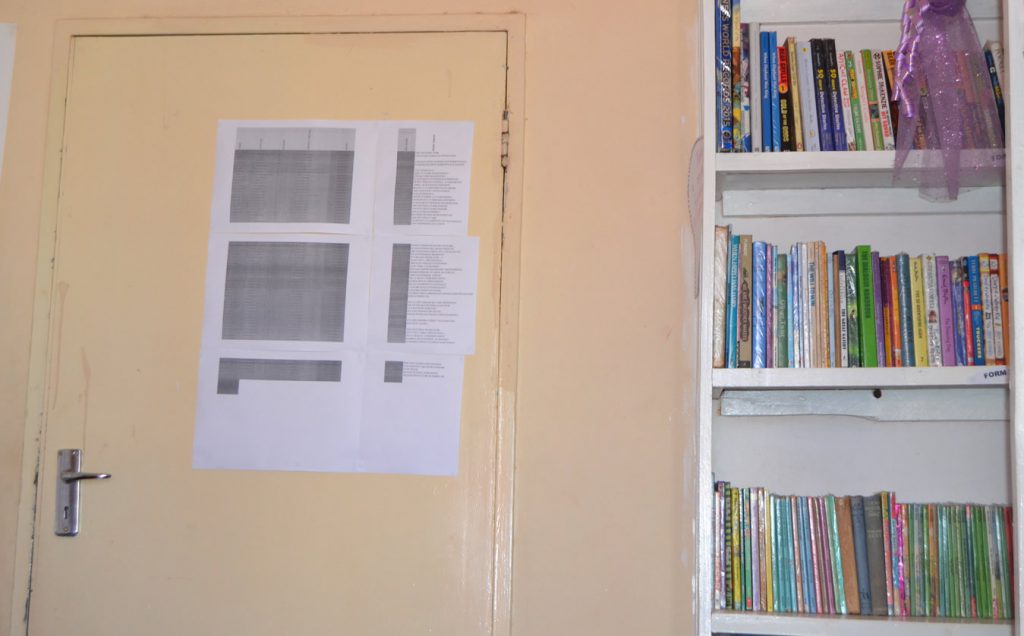Towards Disability Inclusion in textbooks. Representation of people with disabilities in different spheres of life has often been inadequate as different organisations and individuals continue to call for equal representations on all platforms. School textbooks are no exception as they not only mirror societies but also shape cultural perspectives and practices.
The visibility of people with disabilities in textbooks is very low and when they are featured, it is often in a few pages outside a typical family setting. This greatly affects a child’s social learning process as they are one of the first contacts a child has on societal setup.
Deaf Zimbabwe Trust School teacher, Benson Muronda said education is about ensuring that all learners are included irrespective of their differences. “There is not enough representation of people with disabilities in school textbooks as many of the books do not have stories or images of people with disabilities.”
“Textbook images become conveyors of the hidden curricula therefore if people with disabilities are excluded it can be interpreted as if there is no place for people with disabilities in the community.”
He added that deaf students understand better through vision therefore stories and images in textbooks should incorporate people with disabilities as well in order to make their learning process easier.
Deaf Zimbabwe Trust Education programs officer, Tsitsi Mupoperi highlighted that representation of people with disabilities in textbooks helps in positive role modelling for the children especially in primary school. “Children with disabilities in primary school are in the formative stage of development therefore seeing themselves in books creates a sense of belonging and helps them integrate into society.”
Mupoperi added that images should be included meaningfully to create positive images in children and instill self-esteem. Textbook representation of society is one of the powerful forms of representation for early childhood learning as images cultivate imagination and help both disabled and their non-disabled counterparts appreciate the diversity that exists in society while also ensuring respect and empathy for others.

